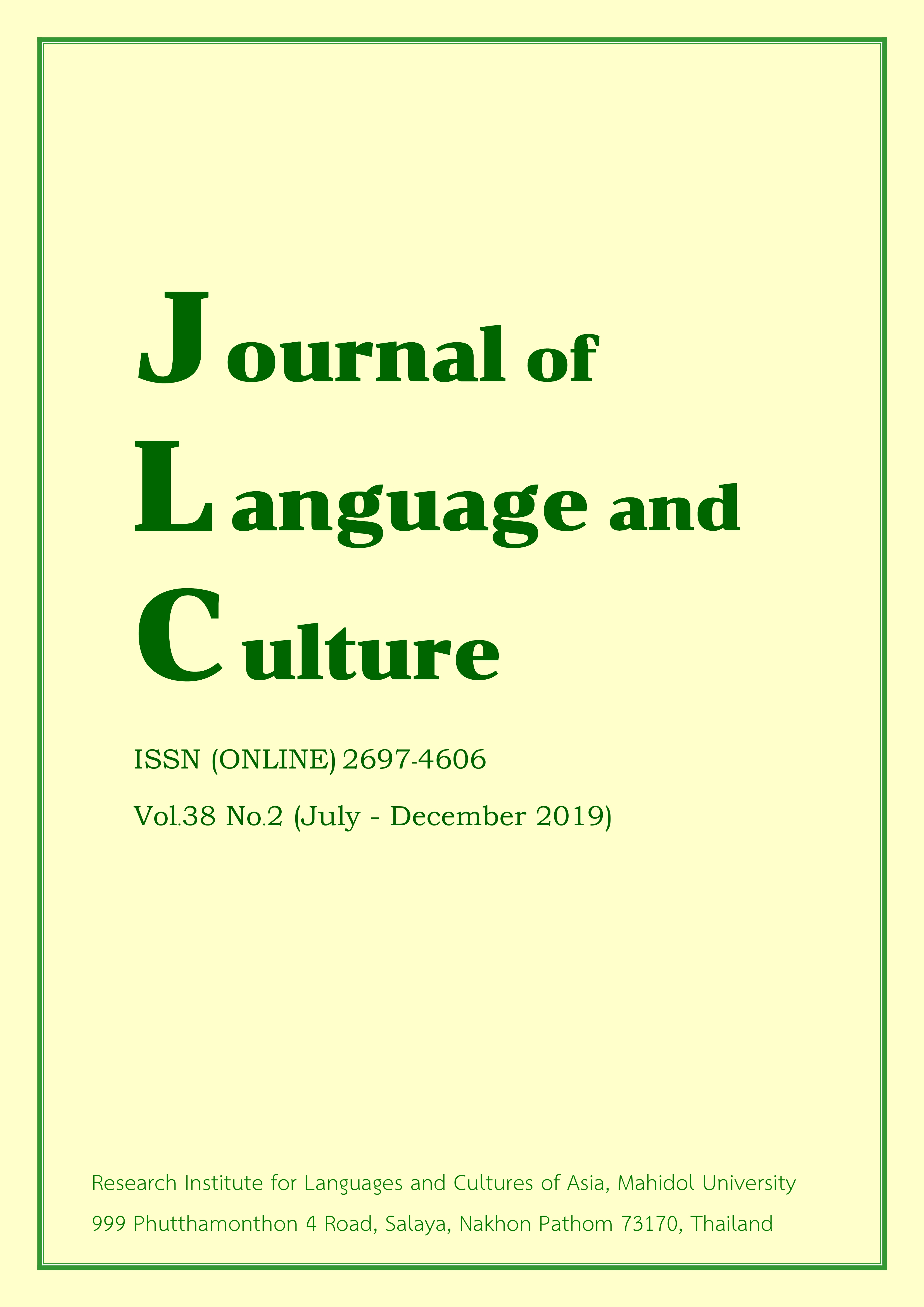“Stepping on Hot Red Steel”: Local wisdom of Isan farmers in Ban Hin Tang of Khao San sub-district, Ban Phue district, Udon Thani province
Main Article Content
Abstract
This article aims to examine wisdom of traditional healers who cure patients through stepping on hot red steel. in Ban Hin Tang of Khao San Sub-district, Ban Phue District, Udon Thani Province. Data collection was done by using in-depth interview, and non-participant observation with 12 samples who were traditional healers, village heads, and relatives of the traditional healers. The data acquired was systematically organized, analyzed, and revealed through descriptive analysis. Results indicated that Ban Hin Tang was found to have traditional healers who still cured patients’ musculoskeletal disorders towards stepping on hot red steel. Formerly, this treatment was popular and widely practiced among rural community. However, today medical science has been developed, which makes the villagers access modern public health systems more easily and conveniently. Consequently, the traditional healers’ treatment and importance have been overshadowed, effecting on a deficiency of inheritors. In fact, the treatment by stepping on hot red steel has not been disappeared from Ban Hin Tang yet. This reflects that the treatment is still important to the villagers’ way of life. Therefore, the treatment by stepping on hot red steel accepted as valuable local wisdom should be preserved and inherited for Isan farmer community enduringly.
Article Details
The articles featured in the Journal of Language and Culture (JLC) constitute academic works representing the viewpoints of the respective author(s). It is crucial to note that these opinions do not necessarily reflect those of the Editorial Board.
All articles published in JLC are released under the Creative Commons Attribution 4.0 International License (CC BY 4.0). This license grants permission for unrestricted use, distribution, and reproduction in any medium, provided proper credit is given to the original author(s) and the source.


